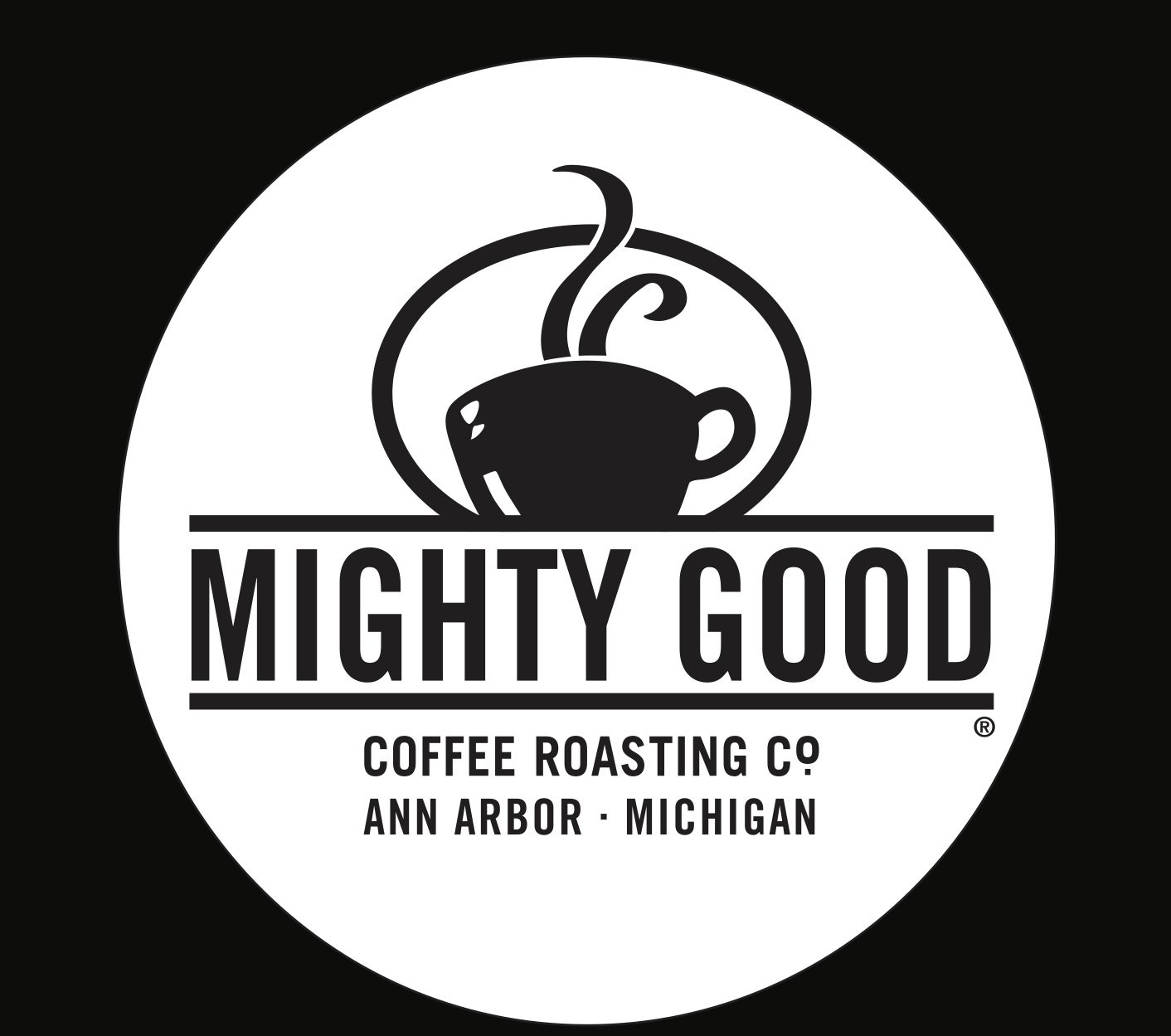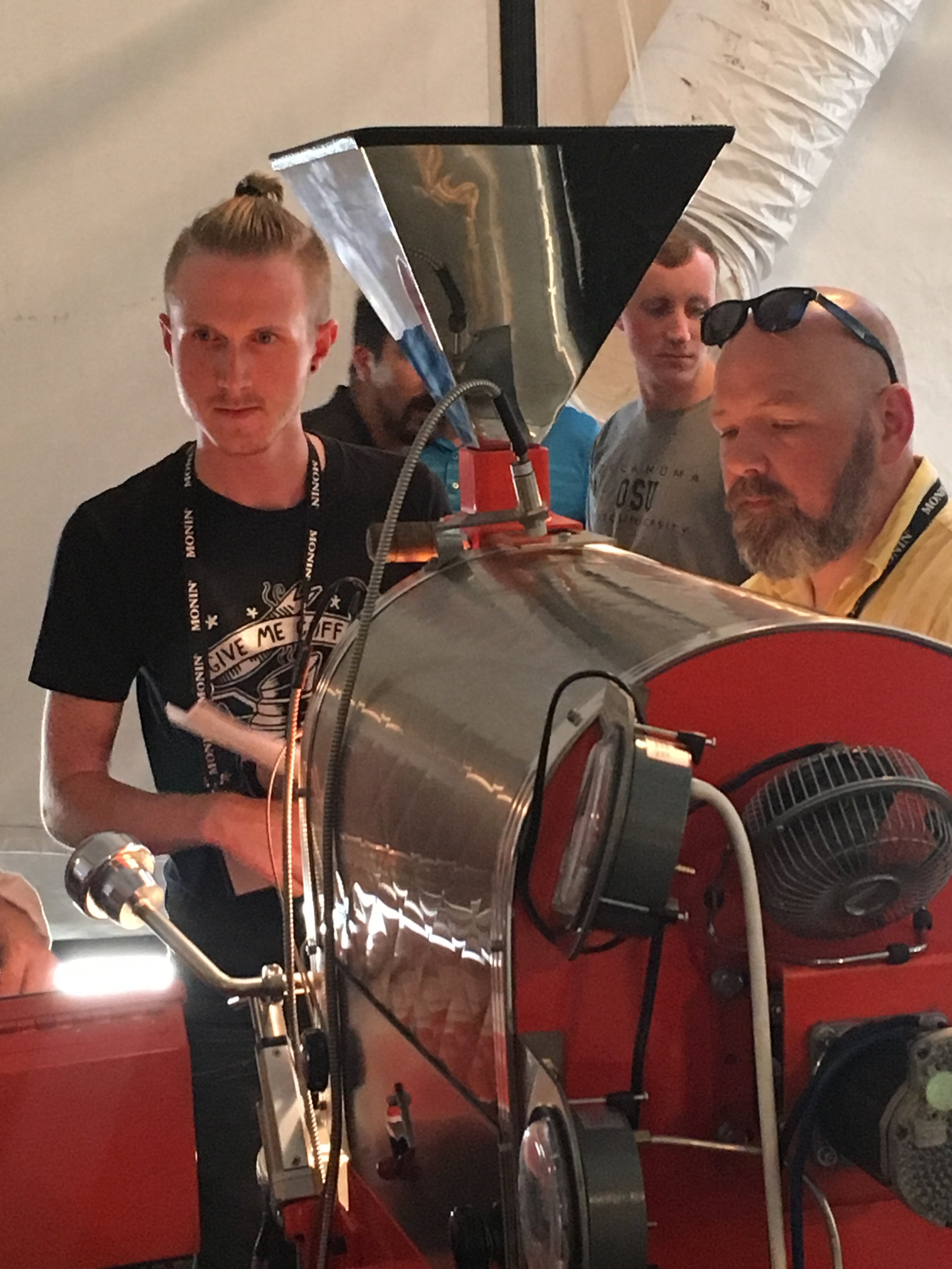Last week we had the opportunity to return to Hacienda La Minita in Costa Rica to visit a remarkable operation run by one of the coffee producers with whom we have worked closely over the years. Our goal was to experience, first hand, the effort required to grow and harvest La Minita coffee on the steep slopes of the Tarrazu Valley, to learn about their milling systems and processes, and to cup their newest offerings in order to purchase the high quality beans that we roast and serve here in Ann Arbor. Several changes have been made since we last visited including the purchase of an adjoining farm, La Pradera, where several micro lot coffees are being developed as well as facilities at the mill to manage these smaller, more exclusive coffees.
For the lowly coffee bean, this journey is relatively simple. For the many people involved in its journey from plantation to cup, it’s a tremendous amount of work.
The journey begins at the end of the rainy season in early Spring, when the coffee trees flower and the fruit begins to form. Bathed in sunlight, nurtured by the crisp clear mountain air which is warm in the day and cool at night, the dense green fruit appears at the buds the fallen flowers have left behind. Farm workers are busy during this time, weeding the spaces between the trees by hand and pruning branches that may have been damaged in the off season.
As Fall approaches, the coffee cherries ripen and turn a deep shade of red, signifying it’s time to pick. Many of the coffee pickers and their families travel throughout the region, moving from south to north as coffee ripens. At the peak of harvest, from early January to mid-February, more than 500 people will comb the farm, moving from the lower elevation at the Tarrazu river working their way up the mountain, picking only the ripe fruit. This process is repeated daily and weekly, from the bottom to the top of the hills and mountains, following the ever-ripening fruit, ensuring each is picked at the prime time and all branches are left bare.
La Minita felt it was important for us to live a moment in the life of a harvester. We were each given the traditional basket to wear around our waist and we were taught to pick coffee for an hour straight - the fastest of us only picked a half basket. We took our harvest to the pick up area where the coffee was measured by volume and we were paid for our efforts. After we were paid, the rest of the real workers unloaded their efforts, easily 10-15 times as much fruit as we had picked. We boarded the coffee truck and drove a short way to another collection station where all the smaller trucks were unloading into a semi-trailer. Later that evening, we went to the mill to witness the unloading and initial processing.
After milling, washing and sorting the fruit by density, sometime between 7 pm and midnight, the coffee goes into large outdoor tanks to ferment for up to 24 hours. This allows the remaining pulp to decompose and be washed away, leaving only the parchment which will be allowed to dry on the beans before the the final milling, sorting, and bagging.
While all milled coffee goes through a final sort for imperfections just prior to bagging using a machine that scans a stream of beans moving at the speed of light, the most select coffees are sorted once more by a room full of women, who literally evaluate every single bean by hand.
Currently, the coffee we picked is somewhere in the fermenting process, and if we did a good job of picking, those beans will makes their way into one of the most select coffees offered from the farm and we'll be drinking it sometime this spring.
















